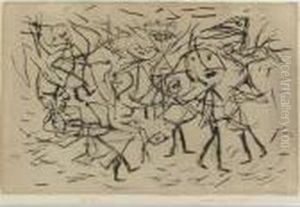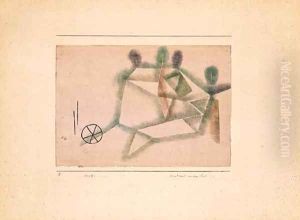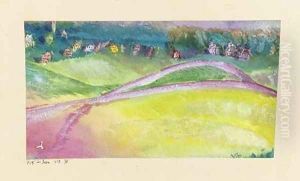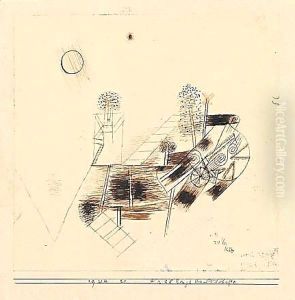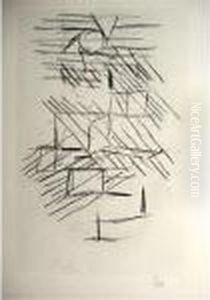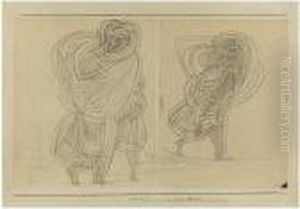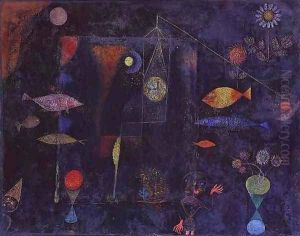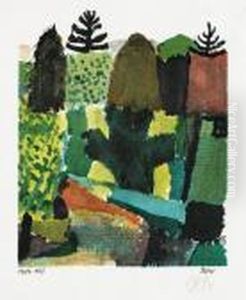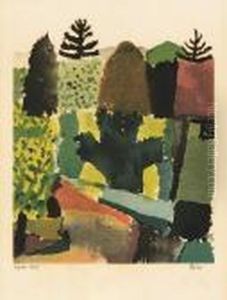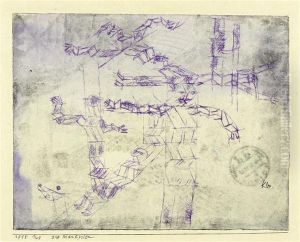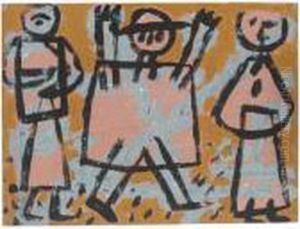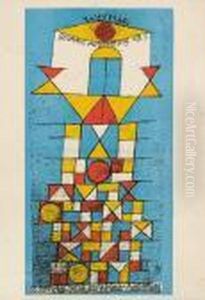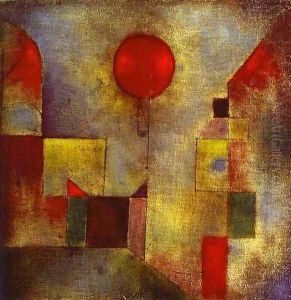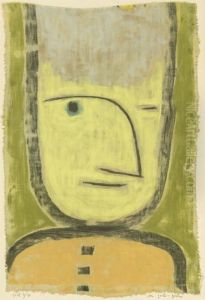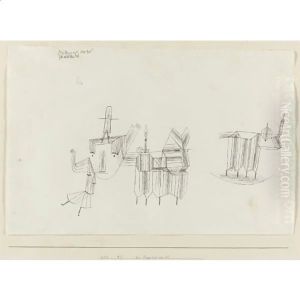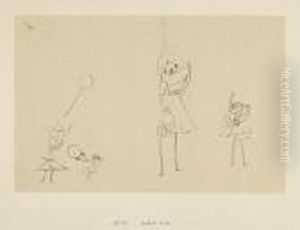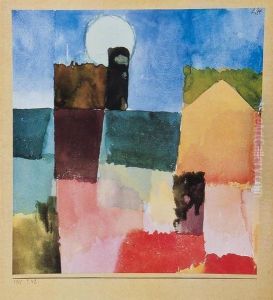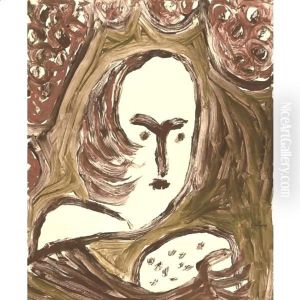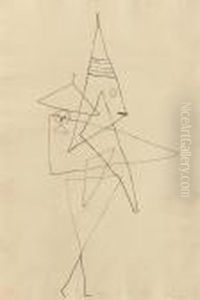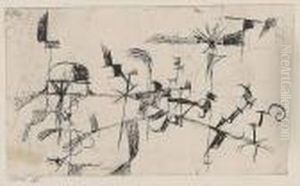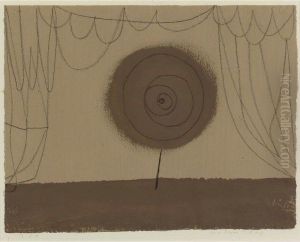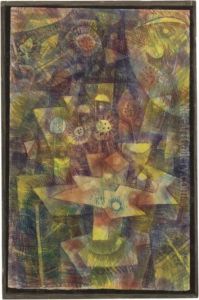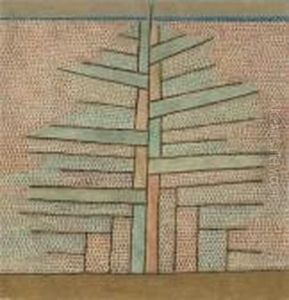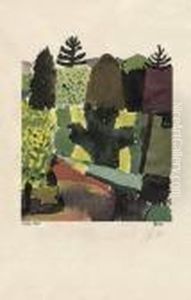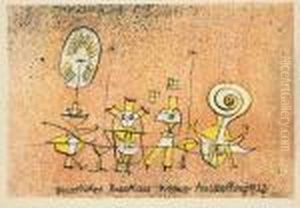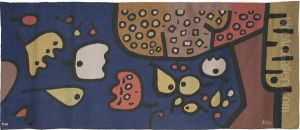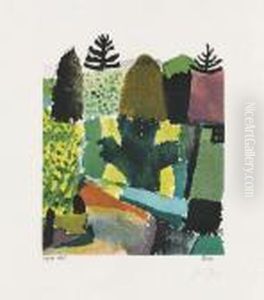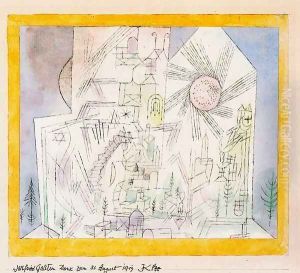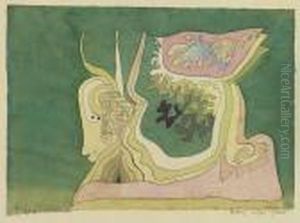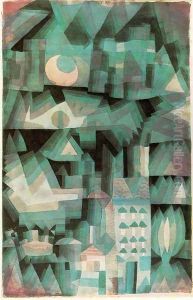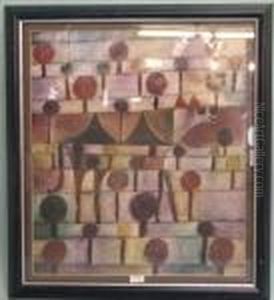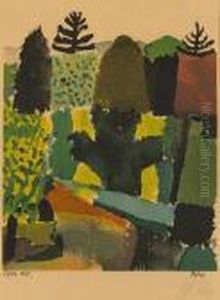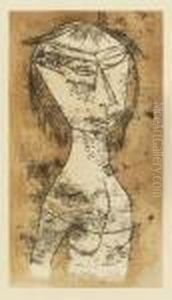Paul Klee Paintings
Paul Klee was a Swiss-German artist known for his unique style and contributions to modern art. He was born on December 18, 1879, in Münchenbuchsee, Switzerland, into a family of musicians. His creative journey began with music, but he eventually found his passion in visual arts. Klee studied art in Munich at the Academy of Fine Arts and was influenced by various movements such as Expressionism, Cubism, and Surrealism.
Klee's early work was typically pen-and-ink drawings, which he would often combine with watercolor. His travels to Italy and North Africa led to a significant transformation in his approach to color, which became a hallmark of his work. In 1911, Klee joined the editorial team of the almanac Der Blaue Reiter (The Blue Rider), organized by Wassily Kandinsky and Franz Marc, which became a central publication for the German Expressionist movement.
During World War I, Klee was conscripted into the German army, but he continued to paint and draw. After the war, his art gained recognition, and he joined the faculty at the Bauhaus school of art, design, and architecture in 1920, where he taught until 1931. During this time, he developed his pedagogical methods, exploring color theory and abstraction in depth.
Klee’s work is characterized by his delicate sensibility and playful approach to form and color. He often combined various media and techniques to create his distinctive pieces. His art does not fit neatly into any one category but shows his continuous exploration and synthesis of different ideas and styles.
In 1933, the political climate in Germany under the Nazi regime became increasingly hostile towards modern artists. Klee was dismissed from his teaching position at the Düsseldorf Academy and his works were included in the infamous 'Degenerate Art' exhibition in 1937. As a result, Klee moved back to Switzerland where he continued to work despite being diagnosed with a debilitating illness.
Paul Klee passed away on June 29, 1940, in Muralto, Switzerland. Despite his relatively short life, Klee left behind an extensive legacy with more than 10,000 works of art. He remains one of the most admired figures in modern art for his innovative approach to composition, color, and his influence on countless artists and art movements that followed.
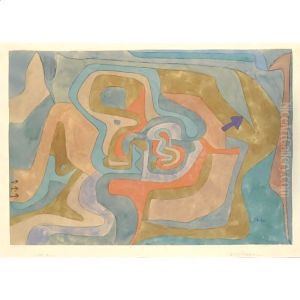
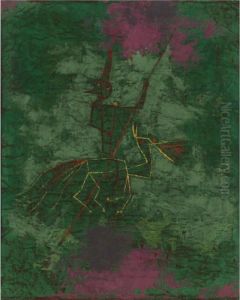
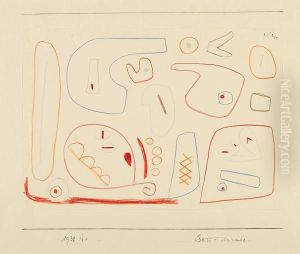
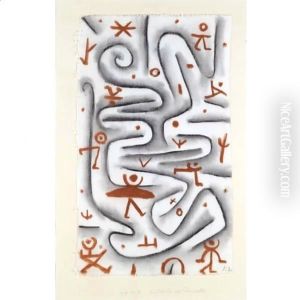
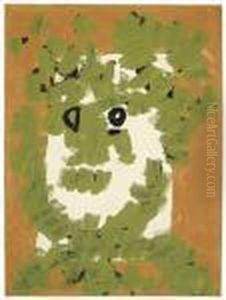
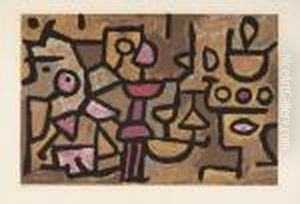
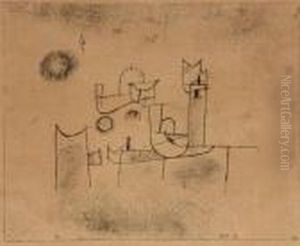
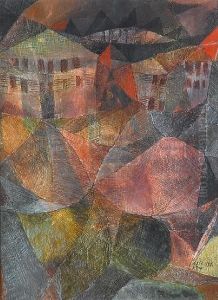
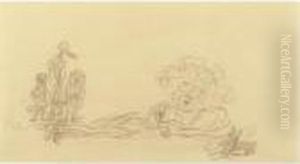
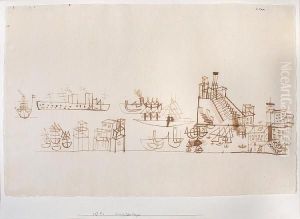
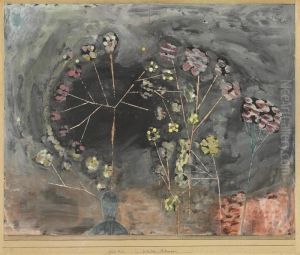
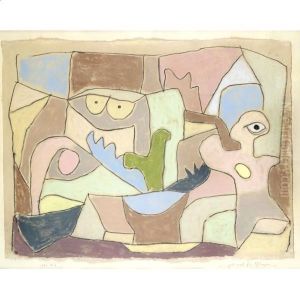
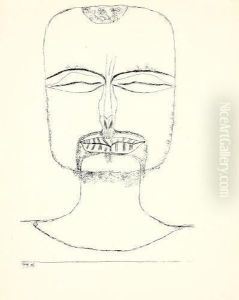
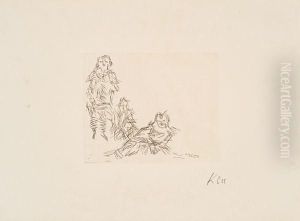

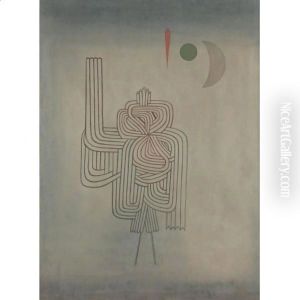
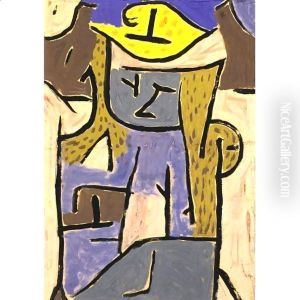
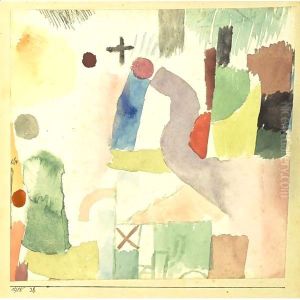
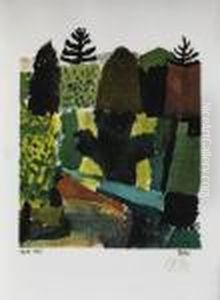
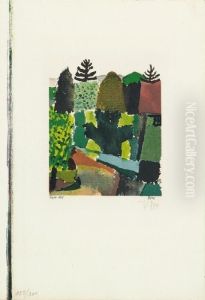
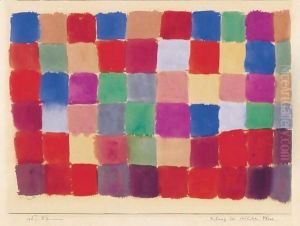
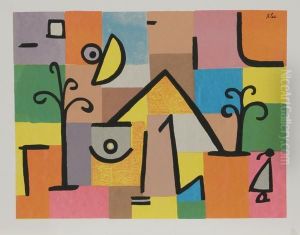
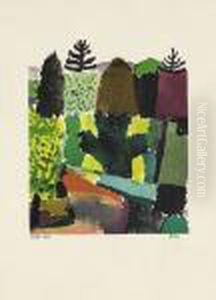
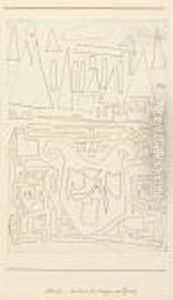
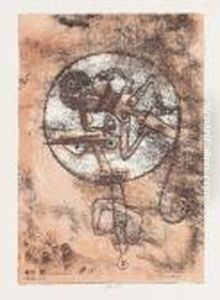
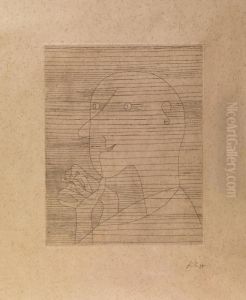
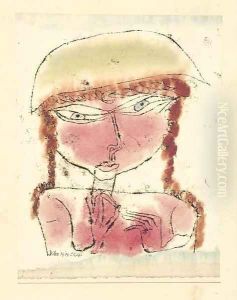
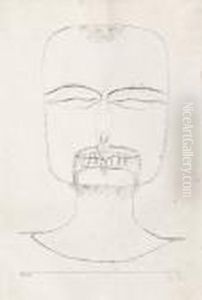
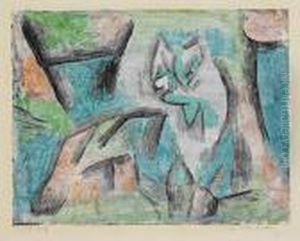
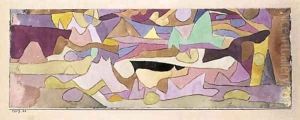
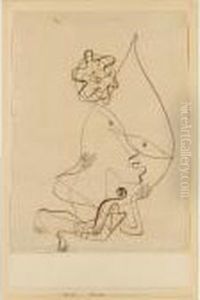
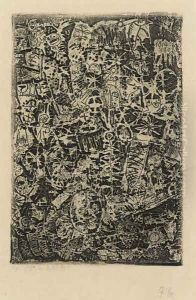
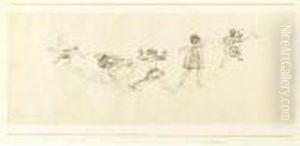
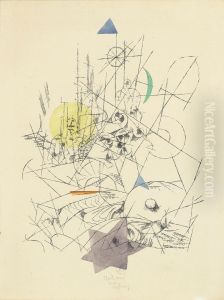
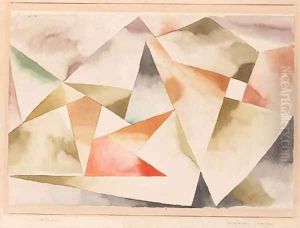
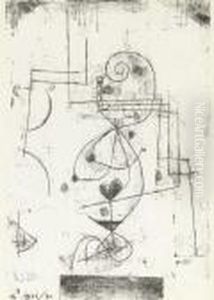
![Der Seiltanzer [tightrope Walker]](https://www.niceartgallery.com/imgs/2404860/s/paul-klee-der-seiltanzer-tightrope-walker-1ea2fdfb.jpg)
